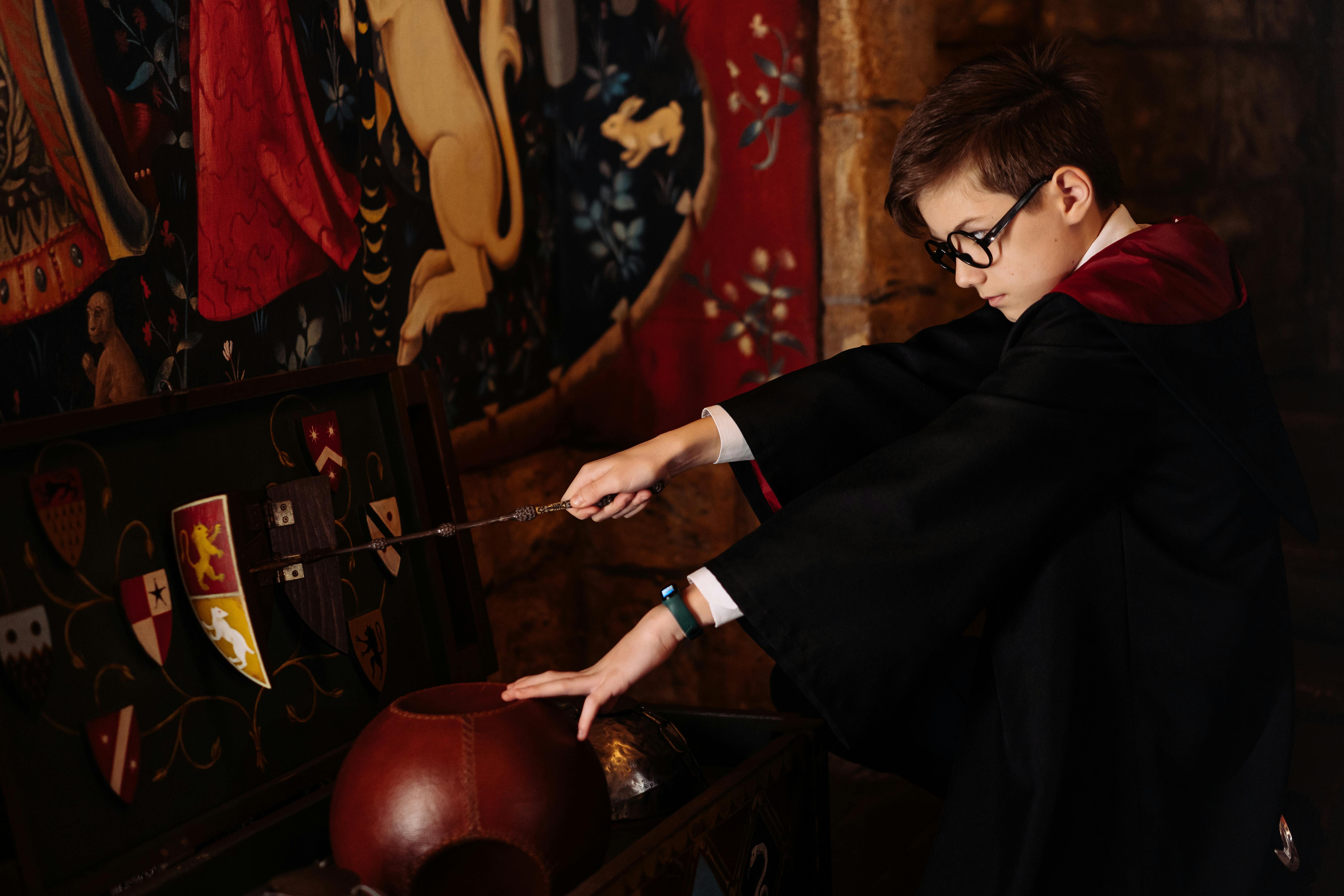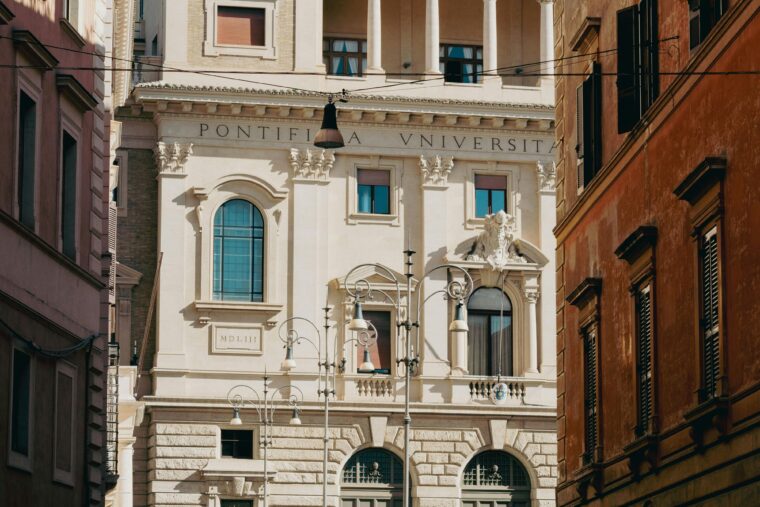The story of woven textiles is as old as human civilization itself, weaving together threads of culture, technology, and artistry across millennia. From the earliest hand-spun fibers to today’s high-tech fabrics, the evolution of weaving reflects our journey as a species. In this comprehensive guide, we’ll explore the fascinating history of woven textiles, tracing their origins, key developments, and enduring impact on society.
Our journey begins in the Neolithic era, around 10,000 years ago, when humans first started experimenting with plant fibers like flax and hemp to create rudimentary textiles. Archaeological evidence from sites in Turkey and the Middle East reveals that early weavers used simple looms made from sticks and stones to produce basic cloth for clothing and shelter. These initial efforts laid the groundwork for more sophisticated techniques that would emerge in ancient civilizations.
In ancient Egypt, weaving became a highly skilled craft, with linen being the predominant fabric due to the abundance of flax along the Nile River. Egyptian weavers developed vertical looms that allowed for the creation of intricate patterns and fine textiles, often used for clothing, burial shrouds, and temple decorations. The famous tomb paintings and artifacts from this period showcase the elegance and durability of these early woven goods, many of which have survived to this day.
Moving eastward, the Indus Valley Civilization (circa 3300–1300 BCE) in modern-day Pakistan and India made significant contributions to textile history. Excavations at sites like Mohenjo-Daro have uncovered evidence of cotton cultivation and advanced weaving techniques, including the use of dyed threads to create colorful fabrics. This early mastery of cotton weaving set the stage for India’s later dominance in the global textile trade.
In ancient China, silk weaving emerged as a pinnacle of artistic achievement. Legend has it that the Empress Leizu discovered silk around 2700 BCE when a cocoon fell into her tea, unraveling a thread that inspired the development of sericulture. Chinese weavers perfected the art of silk production, creating luxurious fabrics adorned with elaborate patterns like dragons and phoenixes. The Silk Road, established during the Han Dynasty, facilitated the exchange of these precious textiles with the West, influencing fashion and trade for centuries.
The classical eras of Greece and Rome saw weaving evolve into a more organized industry. In Greece, women often wove at home using warp-weighted looms, producing woolen garments that were integral to daily life and mythology—think of the stories of Penelope weaving and unweaving her shroud in Homer’s Odyssey. The Romans, on the other hand, industrialized weaving with large workshops and imported silks from the East, leading to a blend of styles that reflected their vast empire.
During the Middle Ages in Europe, weaving guilds emerged, standardizing techniques and fostering innovation. The introduction of the horizontal treadle loom in the 11th century revolutionized textile production, enabling faster and more complex weaves. This period also saw the rise of tapestries as a form of storytelling art, with famous examples like the Bayeux Tapestry depicting historical events in vivid detail.

The Industrial Revolution of the 18th and 19th centuries marked a turning point in woven textile history. Inventions like the flying shuttle, spinning jenny, and power loom mechanized production, drastically increasing output and lowering costs. Factories in England and beyond churned out cotton and wool fabrics on an unprecedented scale, fueling global trade and social changes, such as the rise of the working class and the spread of fashion to the masses.
In the 20th century, synthetic fibers like nylon and polyester entered the scene, offering new possibilities for durability and design. Weaving techniques continued to advance with the development of computerized looms, allowing for precise patterns and mass customization. Today, woven textiles are at the heart of sustainable fashion movements, with a renewed focus on traditional methods, organic materials, and ethical production.
From ancient looms to modern runways, the history of woven textiles is a testament to human ingenuity. As we embrace innovations like smart fabrics and zero-waste weaving, it’s clear that this ancient craft will continue to evolve, weaving new stories for generations to come. Whether you’re a hobbyist or a history buff, understanding this rich heritage can deepen your appreciation for the fabrics that shape our world.

Fascinating read! The part about the Silk Road really highlights how textiles drove global connections. I’d love to see a follow-up on how weaving influenced trade routes in other regions.
This post is incredibly detailed! I never knew about the Indus Valley’s early cotton weaving. Do you have any recommendations for books on ancient textile techniques?
As a modern weaver, it’s inspiring to see how far we’ve come from those simple looms. The Industrial Revolution section was eye-opening—thanks for sharing this comprehensive history!
Contacts
Our Team
Benjamin Anderson
IT Director
Daniel Thompson
Regional Sales Director
Evelyn Rodriguez
Training Manager
Great overview! I appreciate the mention of sustainable practices at the end. It’s crucial we learn from history to make textiles more eco-friendly today.